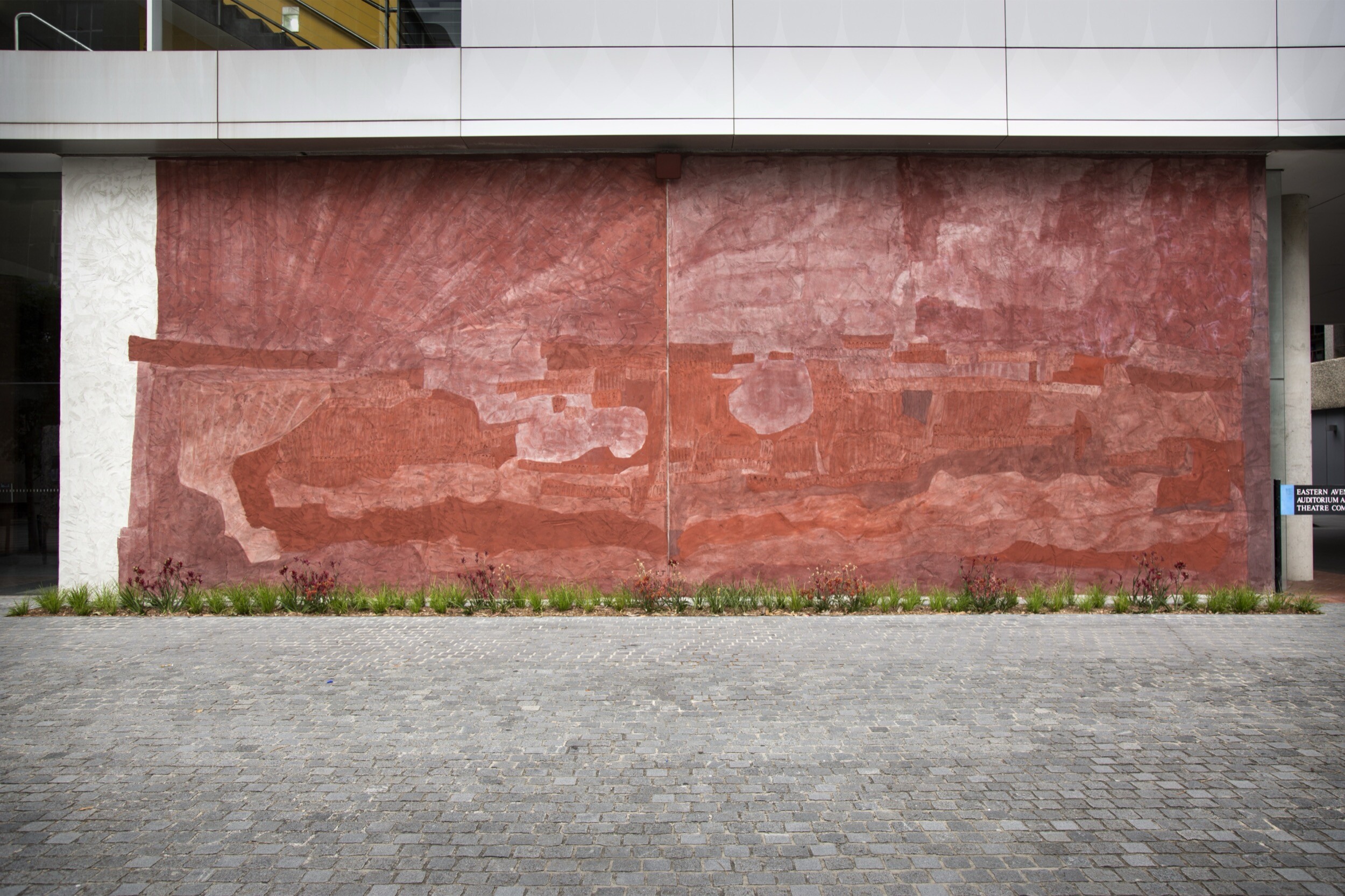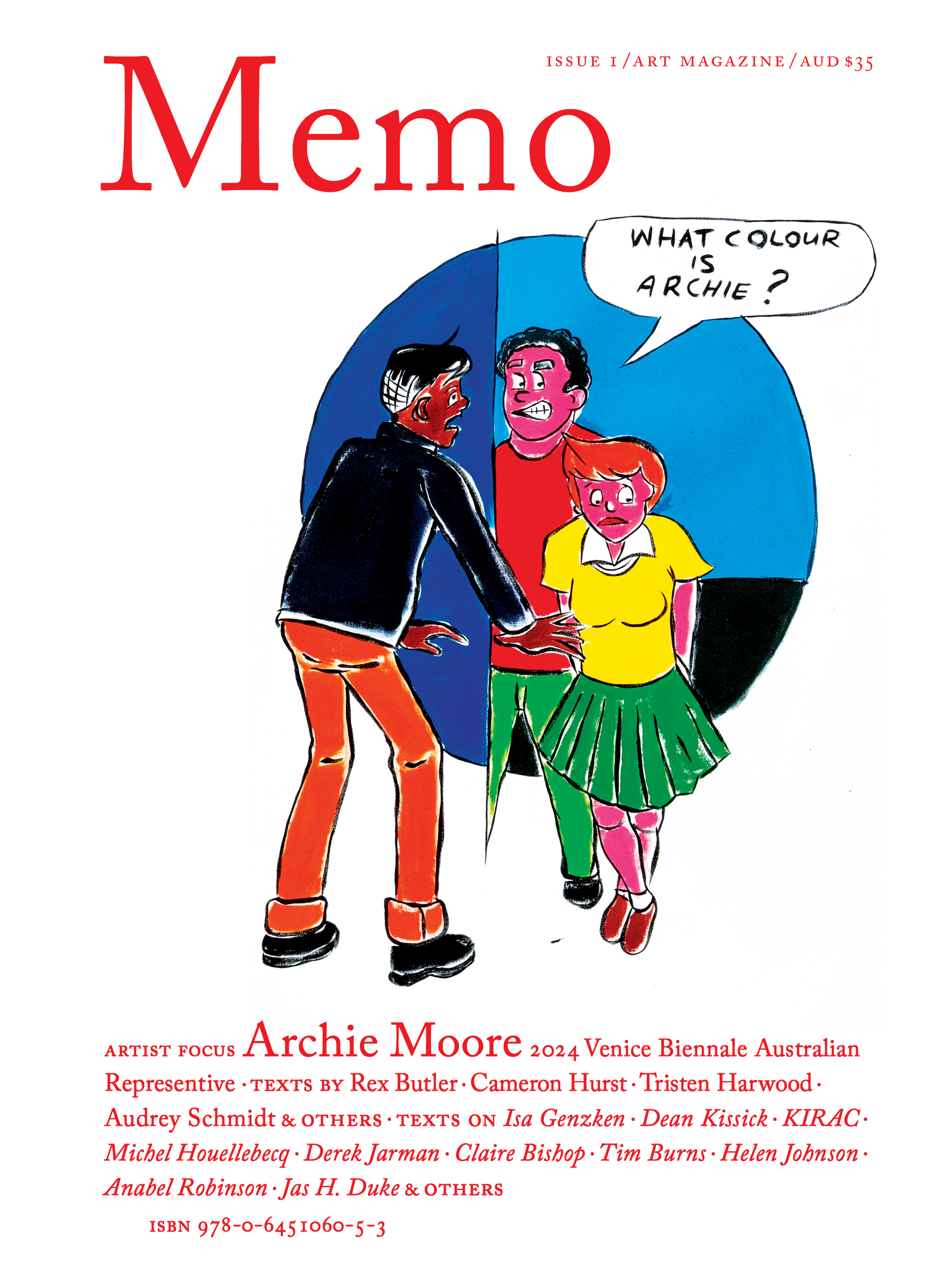The Art of Culture War: Collective Interests in the APY Affair
The APY Art Centre Collective scandal, ignited by Murdoch’s The Australian, exposed more than allegations of interference—it revealed power struggles in the Aboriginal art industry and became a flashpoint for culture wars. As institutions, dealers, and politicians jockeyed for position, the artists were caught in a battle over authenticity, control, and the future of Aboriginal contemporary art.
By Paris Lettau and Lévi McLean
Issue 1, Summer 2023/24
In April this year, The Australian published the first of an incendiary series of articles by journalist Greg Bearup under the headline “White Hands on Black Art: ‘Can I Juice This One Up a Little Bit?’” This media coverage sparked a spate of allegations about interference in paintings produced by the APY Art Centre Collective (APYACC), culminating in an independent review of a major National Gallery of Australia exhibition and a government probe, and reigniting the long-standing debate about authenticity and commercialism in Aboriginal art.
Exclusive to the Magazine
The Art of Culture War: Collective Interests in the APY Affair by Paris Lettau and Lévi McLean is featured in full in Issue 1 of Memo magazine.
Get your hands on the print edition through our online shop or save up to 20% and get free domestic shipping with a subscription.
Related
Edie Duffy’s photorealism doesn’t just document—it distorts. Mining eBay’s throwaway images, she renders objects with a fixation that turns the banal into the surreal, collapsing nostalgia, obsolescence, and digital-age vertigo into a vision both unsettling and precise.



